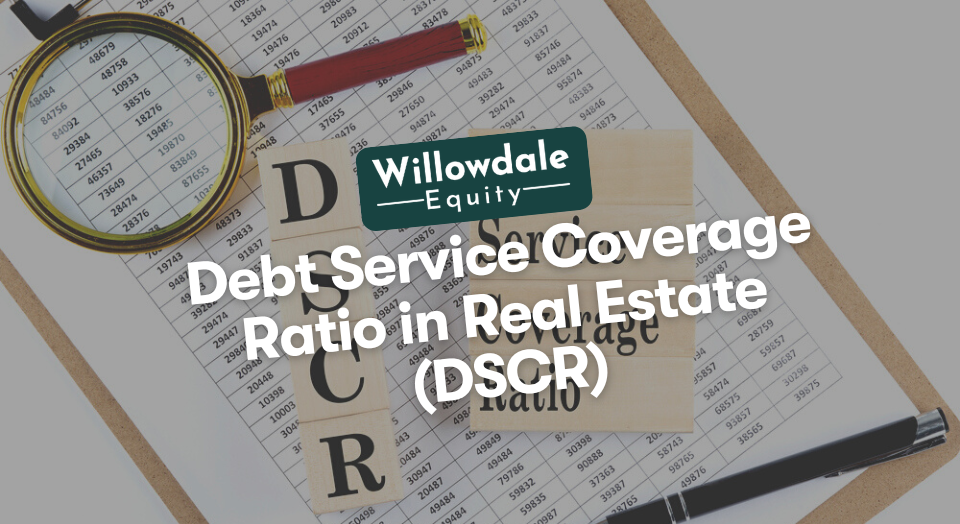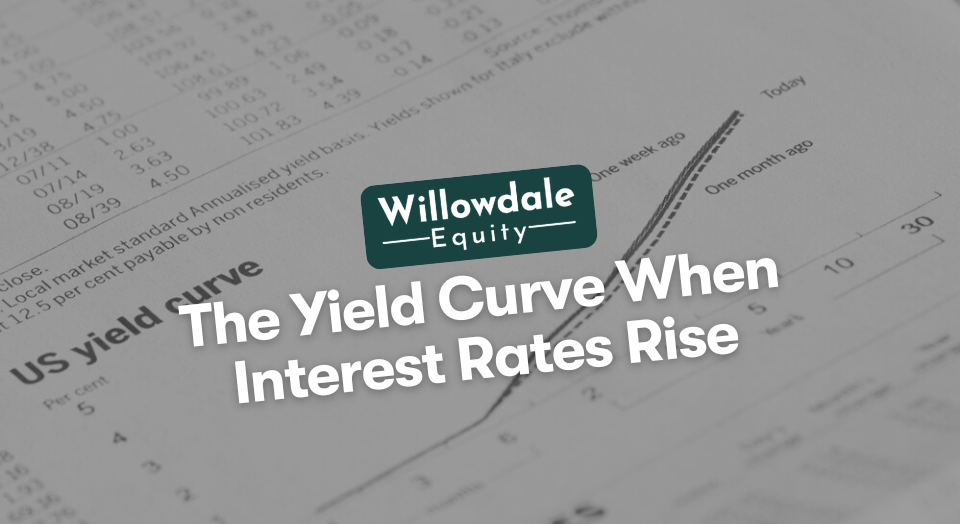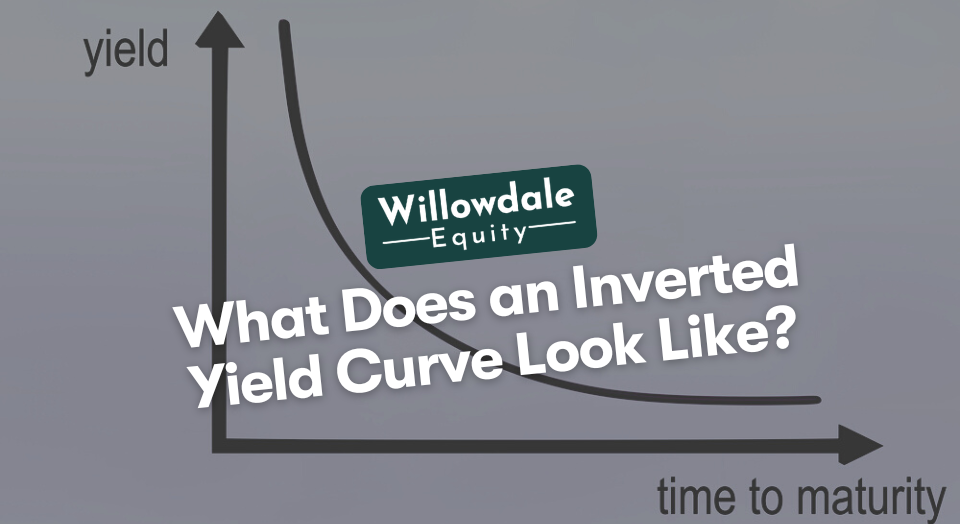
Debt Service Coverage Ratio Real Estate (DSCR): How This Formula Affects Your Returns
This article is part of our guide on fannie mae and non-recourse loans in multifamily, available here.
When financing multifamily real estate, it is essential to understand how much financing is appropriate given the building’s cash flow and expenses. This is where the Debt Service Coverage Ratio (DSCR) comes in.
This ratio helps investors and lenders determine how much leverage is appropriate when purchasing and financing commercial properties. Different commercial property types have different minimal ratios for lenders, but multifamily properties typically start at a ratio of 1.25. It’s important to understand how the debt service coverage ratio is calculated and what it means for a new acquisition.
Key Takeaways
-
Lenders usually won’t consider a loan on multifamily real estate with a debt service coverage ratio under 1.25.
-
While a higher debt service coverage ratio is better for the lender, the investor would benefit from a “good” DSCR that balances risk with a high return on invested capital.
-
DSCR is calculated by dividing the property’s net operating income by its total debt service.
What Does DSCR Mean in Real Estate?
The Debt Service Coverage Ratio, often referred to as the DSCR, is generally defined as the Net Operating Income (NOI) divided by the Total Debt Service for the property (current debt obligations).
This ratio helps buyers and lenders decide how much financing is appropriate for a building while managing default risk. The Debt Service Cover Ratio will help you take advantage of the leverage that comes with financing commercial real estate without putting yourself in a dangerous position of overleveraging limited cash flow. Simultaneously, you won’t be too cash-heavy, leaving money on the table.
The lender will use the debt service coverage ratio and LTV (loan to value) to determine how much financing you qualify for.
What is a DSCR for Commercial Loans

The debt service coverage ratio helps the lender make a decision when analyzing a property’s loan risk.
Lenders look at this ratio to determine how large of a loan the property’s income can support. For the lender, the more income the property generates relative to its debt, the less risk of loaning the money.
While a higher debt service coverage ratio is good for the lender, it is not necessarily optimal for the borrower as they would have to come to closing with more capital and get a lesser return on that cash.
What is a Good DSCR Ratio?
Lenders usually won’t consider a loan on multifamily real estate with a debt service coverage ratio under 1.25.
Most lenders would prefer a ratio of 1.5 or greater. The key is finding the balance between low risk and sufficient leverage. Somewhere within the 1.25-1.5 range is likely the sweet spot.
A higher DSCR isn’t always better.
Is Higher DSCR Better?
While a higher debt service coverage ratio is better for the lender, the investor would benefit from a “good” DSCR that balances risk with a high return on invested capital.
While a low DSCR of 1 might work on paper, any cash flow problem will immediately make the property underwater regarding debt service. Lenders want a “cushion” that ensures that the property owner can weather unexpected vacancies or expenses.
What is the DSCR Formula Real Estate?
The debt service coverage ratio is calculated by dividing the property’s net operating income by its total debt service. The latter includes both principal and interest.
For example, if your NOI is $100,000 and your debt service is $80,000 ($100,000/$80,000-1.25), you would meet a 1.25 DSCR.
The NOI needs to be greater than the loan’s principal and interest. Otherwise, you’ll be underwater. If you’re in this situation without adequate reserves, you will default on the loan. This is the reason banks want to see a bit of a cushion in case there are vacancy-related problems or unexpected expenses.
As long as the numbers add up, the property can withstand all kinds of market conditions.
Related Read: What is the Meaning of Refinancing?
The Advantages of Using Debt in Multifamily Real Estate Investing
The advantage of real estate over other assets, like stocks, is the ability to leverage the investment with debt. Since the property can be used as collateral and the property’s price is relatively stable, it is possible to use financing to enhance your cash-on-cash return.
Why Buy Real Estate with Debt Instead of All Cash:
- Better Cash-On-Cash Return Than Many Investment Vehicles
- Insulation From Inflation
- Tax Advantages
1.) The Relationship Between Debt and Inflation
As of this writing, in 2022, inflation is continuing to increase. As this occurs, rents should be increased annually to keep up with inflation while debt service slowly decreases over time as the principal is being repaid. The property value and cash flow will keep up with inflation, while the loan will not (unless the rate is adjustable).
The tax advantages and financing will continue to follow the property in an inflationary environment.
2.) The Tax Advantages

Since you can afford to buy or passively invest in a larger building by leveraging the financing options readily available, you would also be to leverage the more considerable depreciation expenses available.
The IRS allows you to deduct 80% of the property’s purchase price as depreciation for 27.5 years. This is only the building as land does not depreciate.
Here’s an example of depreciation at work.
3.) The Return Profile
Let’s assume you buy a $1,000,000 building. In a simple straight-line depreciation schedule, you may be able to deduct $800,000 of depreciation over 27.5 years. By dividing $800,000 by 27.5 years, you’ll be able to deduct $29,091 from your taxes yearly. This significantly reduces your taxable income. That’s not even including bonus depreciation which would allow you to grab a large percentage of that $800,000 and some other additional depreciable items all in year 1 of ownership of the property.
You’ll also be able to deduct the interest from your loan payments as an expense, further reducing your taxable amount in a way that isn’t possible with cash.
Let’s look at an example of financing a new acquisition.
An Example Multifamily Property With a 1.25 DSCR
Let’s say you have a property that produces roughly $500,000 in gross income and has $200,000 in operating expenses. The net operating income would be $300,000. The property is also financed with annual principal and interest payments of $160,000 of annual debt service. When you use the DSCR formula, dividing $200,000 by $160,000 means a DSCR of 1.25. This is typically the minimal DSCR lenders want to see for a multifamily property.
Frequently Asked Questions About What is a Good DSCR Ratio
A 1.25 DSCR means the property’s net operating income is 25% higher than its total debt service. This is often the minimum DSCR lenders require to finance a multifamily property.
For a lender, a 2.25 debt service ratio would be considered very good as their risk is extremely low. For an investor, however, a ratio of 2.25 likely means you could better utilize debt to improve your returns.
For a lender, the higher the DSCR the better. For an investor, a DSCR of 1.25 – 1.50 is the best balance of risk to leverage.
Lenders want a DSCR above 1.25, with an optimal ratio of 1.5 or greater. Generally, the higher the perceived risk, the greater DSCR the lender wants.
Debt Coverage Ratio Real Estate - Conclusion
Especially as inflation is increasing in the United States, it is crucial to have a safe vehicle for your capital that will not lose its value as many assets will. The debt service coverage ratio is a quick way to calculate how much financing a property can support. By safely leveraging your investment, you can amplify your cash-on-cash return and optimally allocate capital.
If you’re interested in investing in multifamily real estate, consider joining the Willowdale Equity investor club, where you can get access to our private opportunities and our resources.
Sources:
- Investopedia, “Debt-Service Coverage Ratio (DSCR)”
- CREFCOA, “DSCR Debt Service Coverage Ratio”
Interested In Learning More About PASSIVE Real Estate Investing In Multifamily Properties?
Get Access to the FREE 5 Day PASSIVE Real Estate Investing Crash Course.
In this video crash course, you’ll learn everything you need to know from A to Z
about passive investing in multifamily real estate.
We’ll cover topics like earned income vs passive income, the tax advantages, why multifamily, inflation, how syndications work, and much much more!




